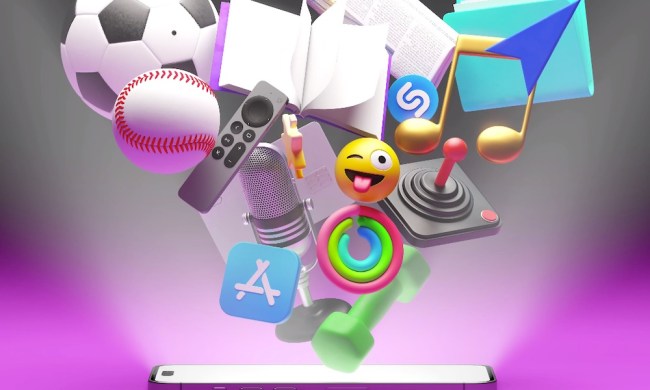
Finland’s Nokia has been gearing up to take on Apple and the iPhone App Store, and today the company has opened its Ovi Store to a worldwide audience via the Web. Although early reports have the store experiencing a few hiccups as it rolled live, the store is now available worldwide to an estimated 50 million users who own compatible Nokia devices. And while U.S. users are limited to just to Web for right now, mobile operator AT&T has announced plans to make a mobile version of the Ovi Store available to its customers later this year.
“Ovi Store is open for business and we’ve stocked the shelves with both local and global content for a broad range of Nokia devices,” said Nokia Services executive VP Tero Ojanperae, in a statement. “Ovi Store makes shopping for content and applications easy and fun for feature phone and smartphone owners alike.”
The Ovi Store enables users to select applications and content offering by phone model, and includes a number of standard utility applications like social networking tools, city guides, news feeds, maps, ringtones, and casual games. Almost 1,400 items are currently available for “any phone,” while selections for individual phone models are more limited. Many applications are free; paid apps start at $0.99 and work their way up, with price points of $2.99, $4.99, and $6.99 seeming to be common. A quick gander for expensive applications turned up WalkingHotSpot for $19.99, which purports to turn a smartphone into a Wi-Fi hotspot.
Nokia sees the Ovi Store not just as a competitor to Apple’s iPhone App Store, but also a competitor to iTunes: in addition to applications, Nokia wants the Ovi Store to serve as a gateway to both free and paid-for content. Nokia has been entering into partnerships with the content industry—you can’t load the Ovi Store today without being inundated with items related to the new Star Trek movie—and has been recruiting both established and independent developers to push their content to Nokia’s user base through the Ovi Store—Nokia takes a commission on each sale, but the majority goes to the publisher. The Ovi Store currently supports credit card billing worldwide, and operator billing in the U.K., Australia, Germany, Ireland, Italy, Russia, Singapore, and Spain.
Nokia’s Ovi services walk a bit of a fine line with mobile operators, however, who may not be eager to support Ovi in addition to their own revenue-generating content and data services. However, Apple has been able to establish itself as a conduit for mobile applications and content independent of mobile operators…Nokia is eager to prove it can follow the same path.


